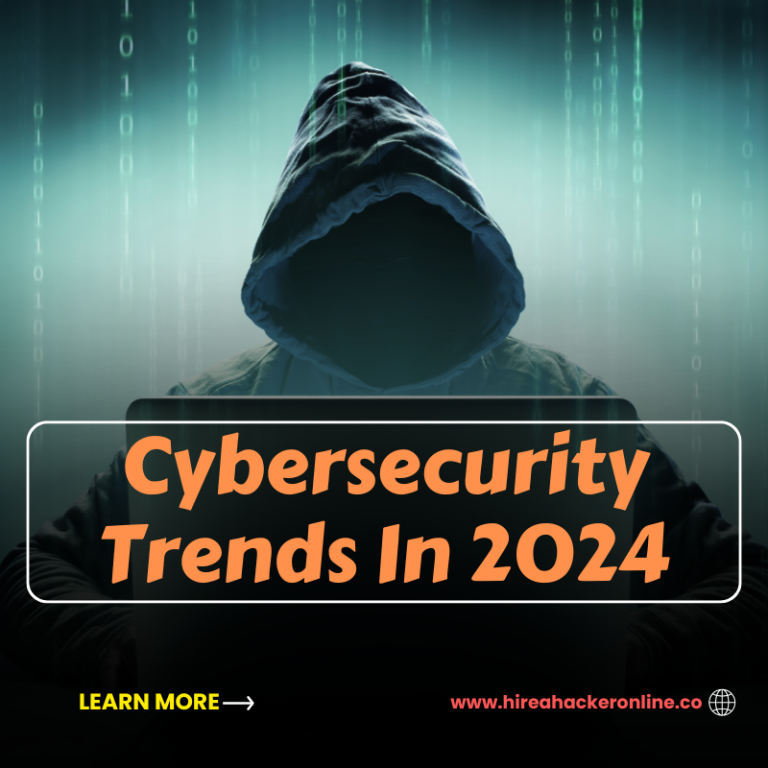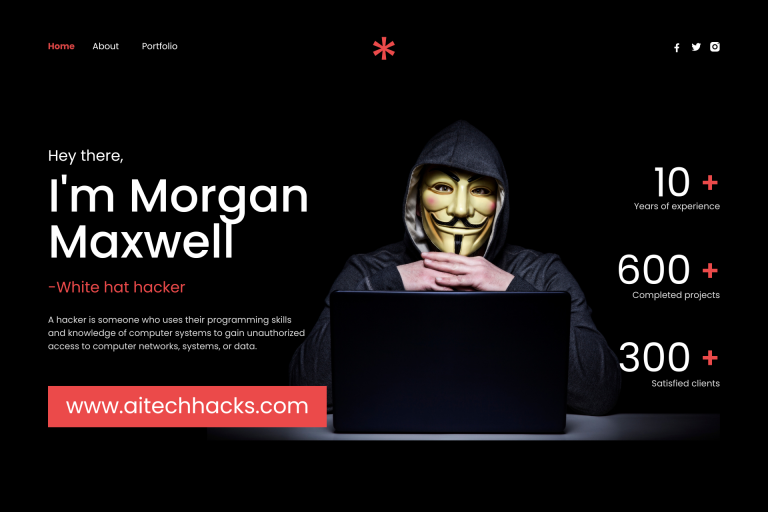The digital landscape is evolving at a breakneck pace, bringing unprecedented opportunities and escalating cyber threats. In 2024, organizations face a complex and dynamic threat landscape. Let’s delve into the key cybersecurity trends shaping this year:
The Rise of AI and Machine Learning
Artificial intelligence (AI) and machine learning (ML) are no longer just buzzwords; they’re becoming indispensable tools in the cybersecurity arsenal. On the defensive side, AI is enhancing threat detection, anomaly identification, and incident response. ML algorithms are becoming more adept at analyzing vast datasets to uncover hidden patterns and predict potential attacks.
However, cybercriminals are also weaponizing the same technologies. AI-powered phishing attacks are becoming increasingly sophisticated, making it difficult for users to distinguish between legitimate and fraudulent emails. Additionally, AI is being used to develop new malware variants and automate attacks.
The Expanding IoT Attack Surface
The Internet of Things (IoT) continues to proliferate, connecting everything from smart homes to industrial control systems. While IoT devices bring convenience and efficiency, they also introduce new vulnerabilities. Cybercriminals are targeting IoT devices to gain access to networks and data. From botnets to ransomware, the risks associated with IoT are growing.
To mitigate these threats, organizations must adopt a comprehensive IoT security strategy, including device hardening, network segmentation, and regular vulnerability assessments.
The Enduring Threat of Ransomware
Ransomware remains a persistent and costly cyber threat. Attackers are becoming more sophisticated, targeting critical infrastructure and demanding higher ransom payments. To protect against ransomware, organizations need to implement robust data backup and recovery plans, employee training, and strong endpoint protection.
Additionally, there’s a growing trend of ransomware-as-a-service (RaaS), making it easier for cybercriminals to launch attacks. This underscores the importance of staying updated on the latest ransomware tactics and techniques.
Supply Chain Attacks: The Weakest Link
Supply chain attacks have gained prominence in recent years, with high-profile incidents highlighting the devastating consequences. Cybercriminals target third-party vendors to infiltrate networks and steal sensitive data. To address this risk, organizations must conduct thorough due diligence on suppliers, implement strong access controls, and monitor supply chain activity closely.
The Human Factor: Insider Threats and Social Engineering
Employees can pose significant risks to an organization’s security. Insider threats, whether intentional or accidental, can lead to data breaches and system disruptions. Social engineering attacks, such as phishing and pretexting, continue to be successful in deceiving users.
Regular security awareness training is crucial to mitigate these threats. Employees should be educated about common attack vectors, how to identify suspicious emails, and the importance of safeguarding sensitive information.
Zero Trust Architecture: Building from the Ground Up
The traditional network perimeter is increasingly porous, making it essential to adopt a zero-trust security model. This approach assumes that no one or nothing can be trusted by default. By verifying every user and device before granting access, organizations can significantly reduce the risk of a successful cyberattack.
The Cybersecurity Skills Gap
The demand for cybersecurity professionals far exceeds the supply. This skills shortage creates vulnerabilities that cybercriminals can exploit. Investing in employee training and development is crucial to build a skilled cybersecurity workforce. Additionally, organizations can partner with managed security service providers (MSSPs) to supplement their internal capabilities.
Conclusion
The cybersecurity landscape is constantly evolving, and organizations must stay ahead of emerging threats. By understanding the key trends and implementing appropriate measures, businesses can protect their assets, reputation, and customers. A proactive and layered approach to security is essential for navigating the complex and ever-changing digital world.




